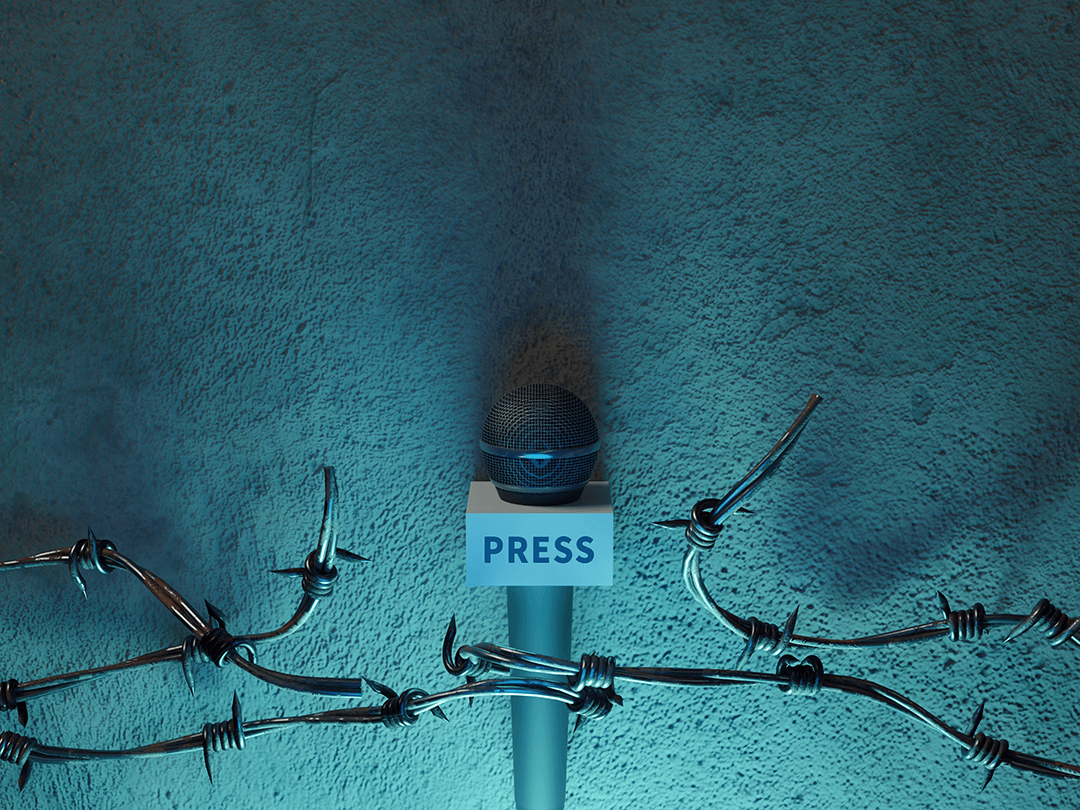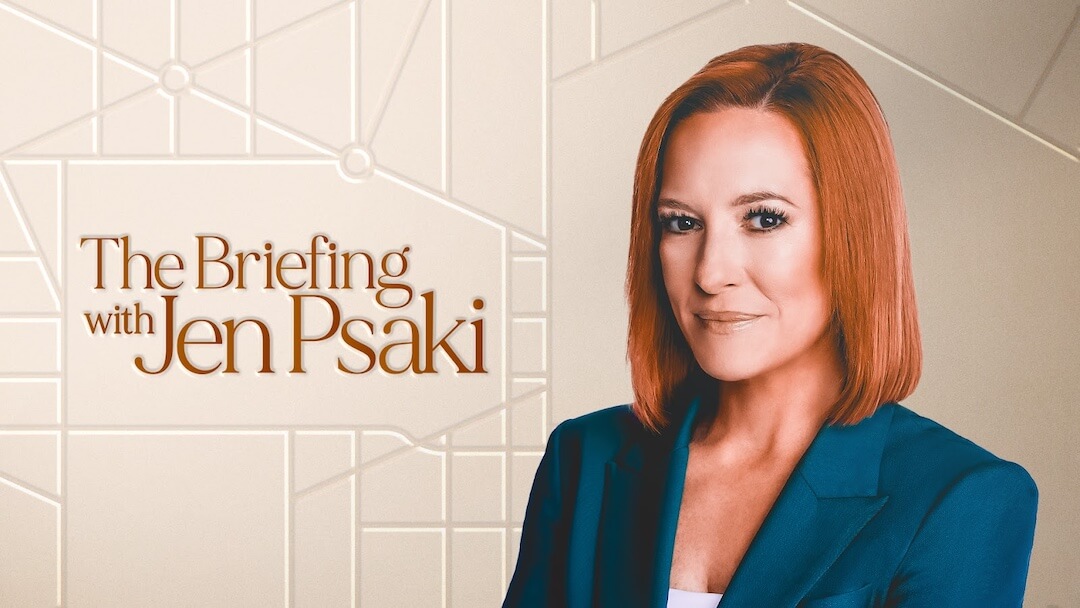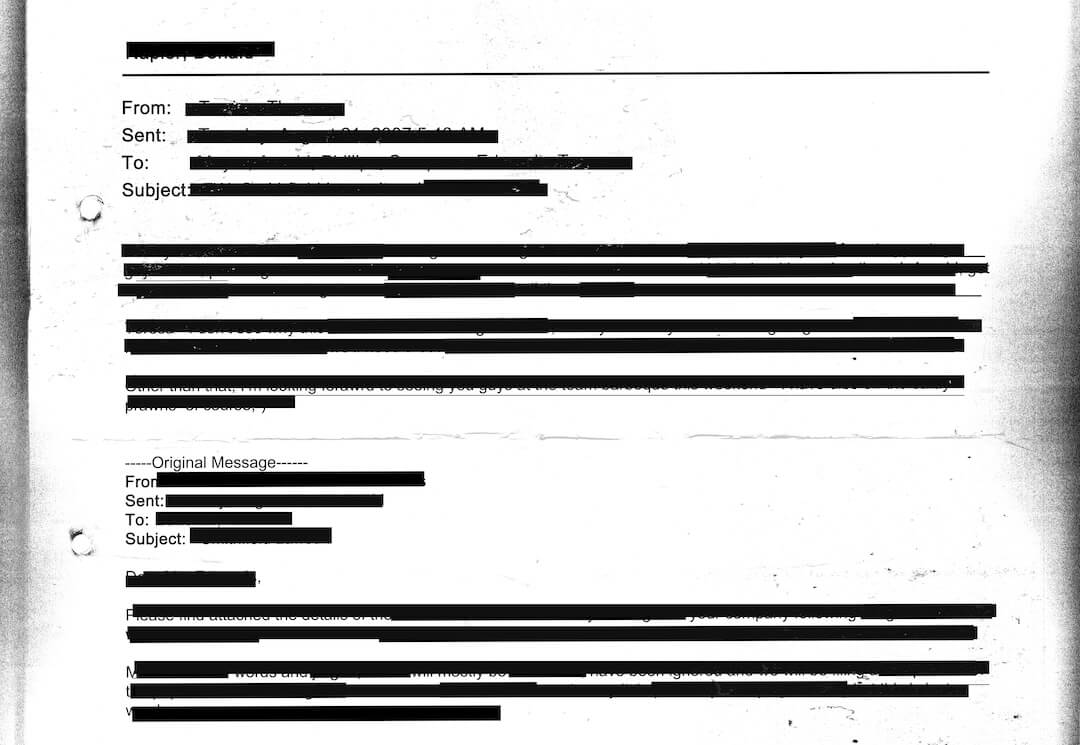The two newspapers serving Salt Lake City and other parts of Utah have announced that they will switch from daily to once-a-week print editions early in 2021.
At the same time, executives of The Salt Lake Tribune and Deseret News said that their joint operating agreement, set to expire at the end of 2020, will not be renewed.
The JOA allowed the two to share printing and other business functions while keeping distinct news and editorial operations. Each will now need to bring that work back in-house.
Part of the transition will be to close a printing facility, which Deseret owns, that currently serves both papers. That will mean the loss of 161 jobs, the company said.
Deseret is also laying off 18 other employees, including six journalists. The Tribune said that it will retain all the journalists in its newsroom, roughly 65.
[the_ad id=”667826″]
Each of the two papers has an unusual ownership structure, and their transitions to a new business model will diverge.
The Tribune, long the state’s secular paper, was bought by Paul Huntsman, a member of a wealthy and politically prominent Utah family, in 2016. He remains publisher and a leading funder, but control is passing this fall to a new nine-member board of directors.
Huntsman succeeded in winning nonprofit status from the Internal Revenue Service at the end of 2019. That opens the way for funding by major donors or foundations and contributions by individual readers — both planned as pillars of financial support going forward.
The Tribune’s Sunday print product will be delivered by mail on the weekend, interim editor David Noyce wrote in an email to readers. It will include obituaries, contributions from all its columnists and many more features.
The Deseret News is owned by The Church of Jesus Christ of Latter-day Saints and is part of a huge media empire that includes a local TV station, a number of digital sites and other ventures like books.
The publication plans to consolidate its print report on the weekend like the Tribune with coverage of both the city and outlying parts of Utah.
In addition, it announced Tuesday plans to launch a monthly print magazine, aiming to offer a heartland view distinct from the dominant East Coast perspective.
Opinion editor Boyd Matheson explained in an email:
The monthly magazine will have a unique voice and perspective informed by our physical location in the heart of the west and the values that have propelled a unique laboratory of democracy for 175 years. We will cover politics, culture, sports, news and ideas in smart, interesting, and surprising ways. Individuals, organizations, influencers and thought leaders will find perspective, inspiration and insight along with keys for crucial conversations on critical issues within our pages each month.
Our goals are audacious and our position unique. We embrace founding principles as the best way to heal the country, foster freedom, promote justice and erase inequality. We are bringing the nation’s thought leaders to our readers and convening critical conversations with voices from across the political spectrum. We are a voice from outside the beltway and inside the coasts — right from the heart and soul of the nation. From our unique vantage point, we will provide a window into the principles, policies and values that create thriving communities.
Some Deseret sites explicitly target a national and international church audience or have an emphasis on faith and family values. That seems to be an element of the new monthly publication but not its identity.
Deseret editor Doug Wilks further outlined the plans in a letter to readers Tuesday afternoon.
[the_ad id=”667872″]
Deseret’s various sites have been free. Partly as a result, its announcement Tuesday said, it has a digital audience 500 times larger than its print audience, with 70% of it coming from outside Utah.
There are no current plans to transition to paid digital subscriptions. President and publisher Jeff Simpson wrote: “Yes, the Deseret News sites are still free. We are in a building mode, and our goal right now is to have our great journalism mean more to more people — so we are focused on growth at this point.”
The Tribune, by contrast, is seeking to build a base of paid digital subscriptions. It has a paywall currently set at seven free articles a month, with coverage of COVID-19 and some other topics free. The Tribune currently has about 15,000 paid digital subs, executive vice president Tim Fitzpatrick told me.
The News and Tribune join a small group of papers — including the Tampa Bay Times (owned by Poynter) and The Arkansas Democrat-Gazette (owned by Walter Hussman Jr.) — that have cut print back this year. Most papers in the Advance Local group, owned by the Newhouse family, have done a version of the same over the last decade.
Neither announcement mentioned a replica e-edition, a digital offering that replicates the content and layout of a print paper. Both the Times and Democrat-Gazette have heavily promoted that option to satisfy readers who prefer the completeness of a once-daily report to the greater timeliness of a digital site.
[the_ad id=”667878″]







